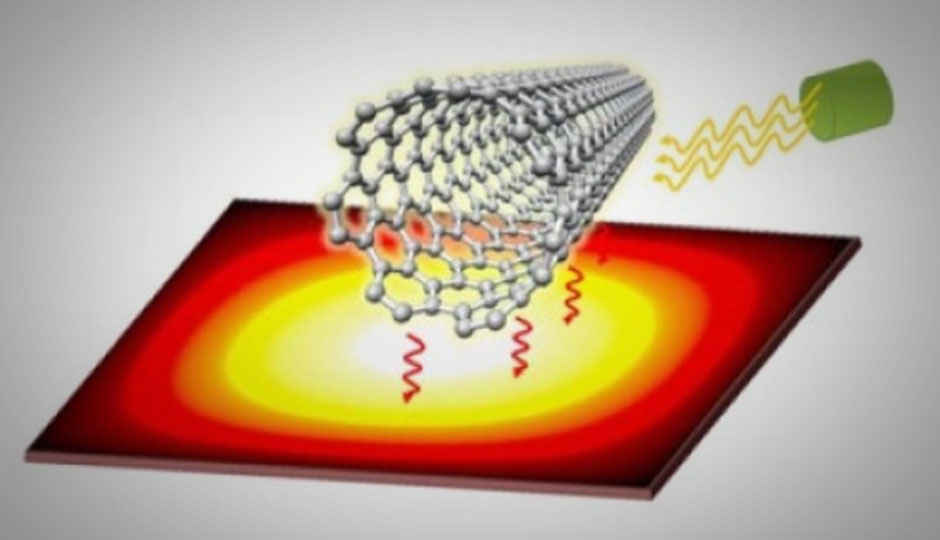Researchers develop smartphones that can be printed on T-shirts

New 'Spaser Technology' can make smartphones small and flexible.
A team of researchers from Monash University, Melbourne have developed world’s first SPASER (surface plasmon amplification by stimulated emission of radiation) technology that can make smartphones tiny, efficient and so flexible that they can be printed on t-shirts.
The new ‘Spaser’ is made completely of carbon and graphene. It is basically a nanolaser that can emit a light through the vibration of free electrons. The carbon based spaser will be more robust and flexible and would easily operate at high temperatures, and be eco-friendly as well.
Lead researcher Chanaka Rupasinghe on the project stated, “Other spasers designed to date are made of gold or silver nanoparticles and semiconductor quantum dots while our device would be comprised of a graphene resonator and a carbon nanotube gain element. Because of these properties, an extremely thin mobile phone could be printed on clothing.”
“Graphene and carbon nanotubes can be used in applications where you need strong, lightweight, conducting, and thermally stable materials due to their outstanding mechanical, electrical and optical properties,” Rupasinghe noted in a paper been published in the journal ACS Nano.
Spaser-based devices can be used as a substitute to current transistor-based devices such as microprocessors, memory, and displays to overcome current miniaturizing and bandwidth limitations.
Samsung is also working on developing Graphene based devices, including smartphones, wearable tech and flexible displays. Samsung has made a break through in Graphene synthesis technology that can be used in semi-conductors and other applications. Graphene is about 200 times stronger than steel, 20 times stronger than diamond and 6 times lighter. Apart from electronics, other industries are also working on building Graphene based products, including electronic cars with graphene bodies and plane makers.
Source: Science Daily
